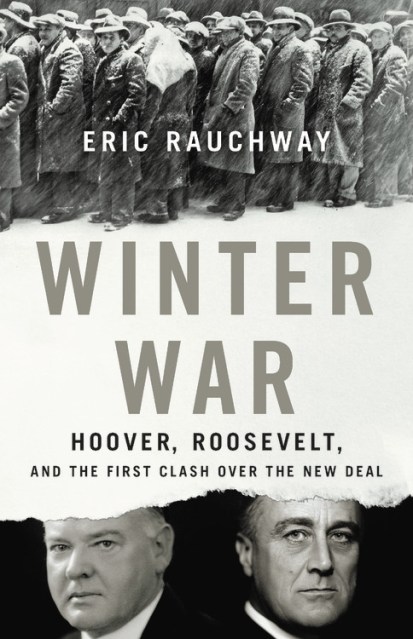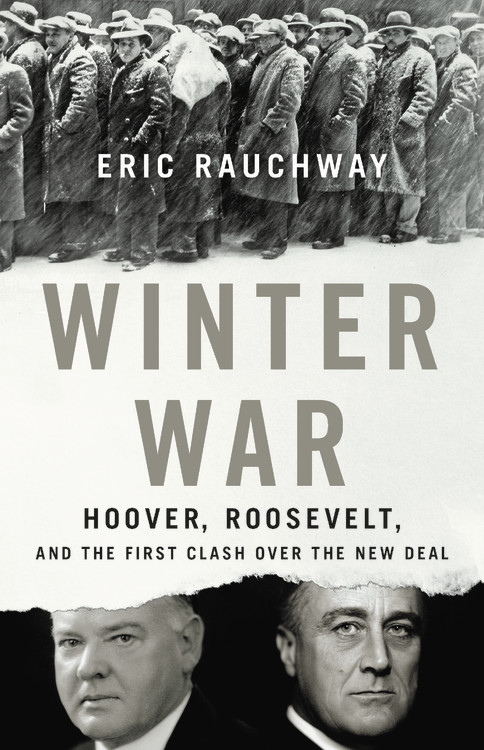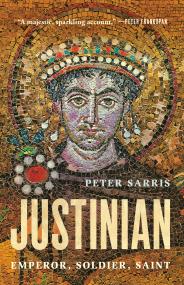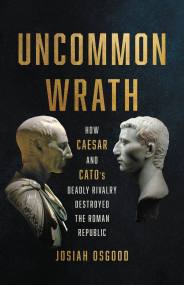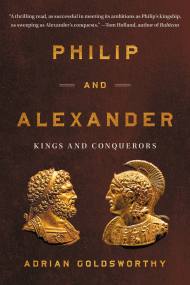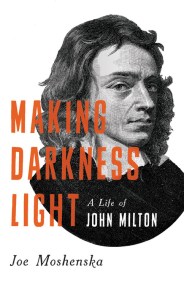Promotion
Use code BEST25 for 25% off storewide. Make sure to order by 11:59am, 12/12 for holiday delivery!
By clicking “Accept,” you agree to the use of cookies and similar technologies on your device as set forth in our Cookie Policy and our Privacy Policy. Please note that certain cookies are essential for this website to function properly and do not require user consent to be deployed.
Winter War
Hoover, Roosevelt, and the First Clash Over the New Deal
Contributors
Formats and Prices
- On Sale
- Nov 20, 2018
- Page Count
- 304 pages
- Publisher
- Basic Books
- ISBN-13
- 9780465094585
Price
$32.00Price
$40.00 CADFormat
Format:
- Hardcover $32.00 $40.00 CAD
- ebook $18.99 $24.99 CAD
This item is a preorder. Your payment method will be charged immediately, and the product is expected to ship on or around November 20, 2018. This date is subject to change due to shipping delays beyond our control.
Buy from Other Retailers:
<br When Franklin Roosevelt defeated Herbert Hoover in the 1932 election, they represented not only different political parties but vastly different approaches to the question of the day: How could the nation recover from the Great Depression?
As historian Eric Rauchway shows in Winter War, FDR laid out coherent, far-ranging plans for the New Deal in the months prior to his inauguration. Meanwhile, still-President Hoover, worried about FDR’s abilities and afraid of the president-elect’s policies, became the first comprehensive critic of the New Deal. Thus, even before FDR took office, both the principles of the welfare state, and reaction against it, had already taken form.
Winter War reveals how, in the months before the hundred days, FDR and Hoover battled over ideas and shaped the divisive politics of the twentieth century.
-
"A crisp narrative of the four-month interregnum between Franklin D. Roosevelt's victory in November 1932 and his assumption of the presidency in March 1933."The Atlantic
-
"Rauchway paints a vivid picture of what that looks like as he describes the Herculean efforts of outgoing Herbert Hoover to thwart incoming Franklin Roosevelt's 'New Deal.'"New York Journal of Books
-
"Though scholars have not ignored those four months, the period was a spectacularly eventful one that deserves closer attention. Rauchway ... does just that in this lively, opinionated, and definitely not revisionist history."Kirkus
-
"The book showcases strong scholarship, including deep engagement with archival materials, that a general audience can appreciate. This is an informative and readable history."Publishers Weekly
-
"Not since the secession winter of 1860-61 had American democracy seemed so imperiled. Yet the interregnum between Herbert Hoover and Franklin Roosevelt has been largely overlooked by historians. Eric Rauchway remedies this lack in a riveting, thought-provoking book that is especially valuable at a time when political emotions are again running high."H.W. Brands, author of Heirs of the Founders
-
"Winter War is a vivid narrative about the critical debate that took place at the pit of the Great Depression between presidents with starkly different visions of the nation's future. You can hear the echoes of FDR vs. Hoover blaring out from every cable news channel today. Eric Rauchway, one of America's best political historians, has written a wise story about the past that anyone who cares about the divide between progressives and conservatives should read."Michael Kazin, professor of history at Georgetown University and author of War Against War: The American Fight for Peace, 1914-1918
-
"Presidential transitions matter. This brilliant book describes how the transition from Herbert Hoover to Franklin Roosevelt changed the world, and how it almost did not happen. The author explains why the trenchant debates around the New Deal still resonate in our current partisanship. Every citizen concerned about political leadership should read this book."Jeremi Suri, author of The Impossible Presidency: The Rise and Fall of America's Highest Office
-
"In this brilliant new book, Eric Rauchway provides powerful new insights about the making and the meaning of the New Deal. In the end, Winter War will change not just what we thought we knew about Hoover and Roosevelt, but how we have understood the origins of modern conservatism itself."Kevin M. Kruse, author of One Nation Under God: How Corporate America Invented Christian America
Newsletter Signup
By clicking ‘Sign Up,’ I acknowledge that I have read and agree to Hachette Book Group’s Privacy Policy and Terms of Use
